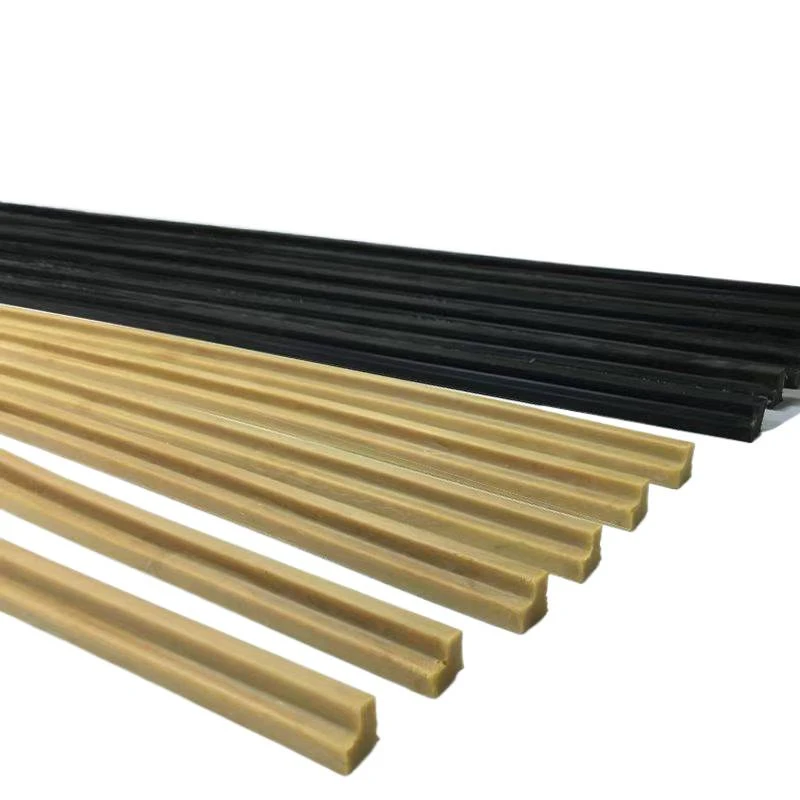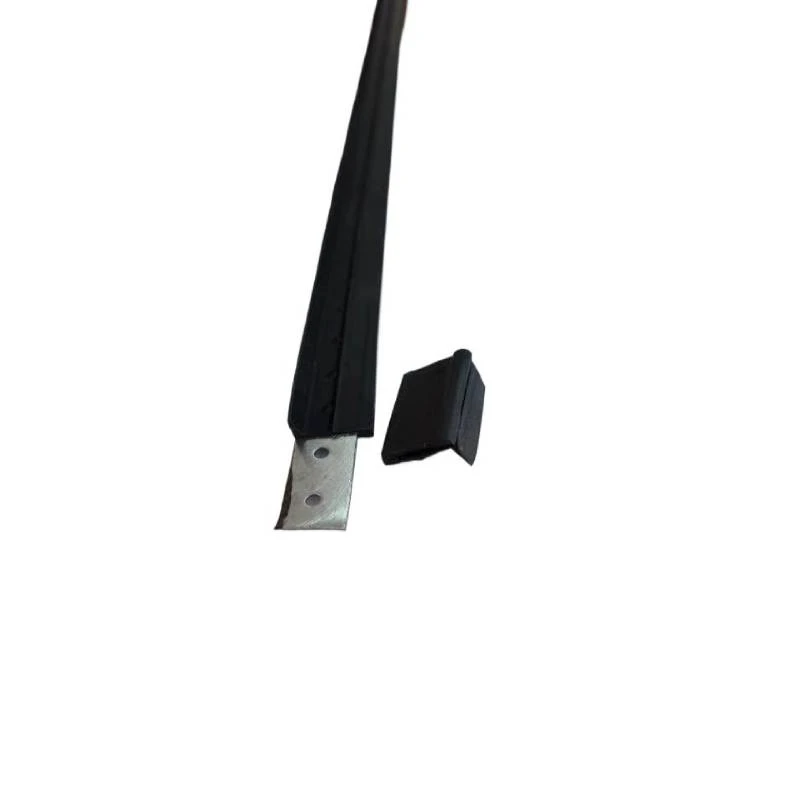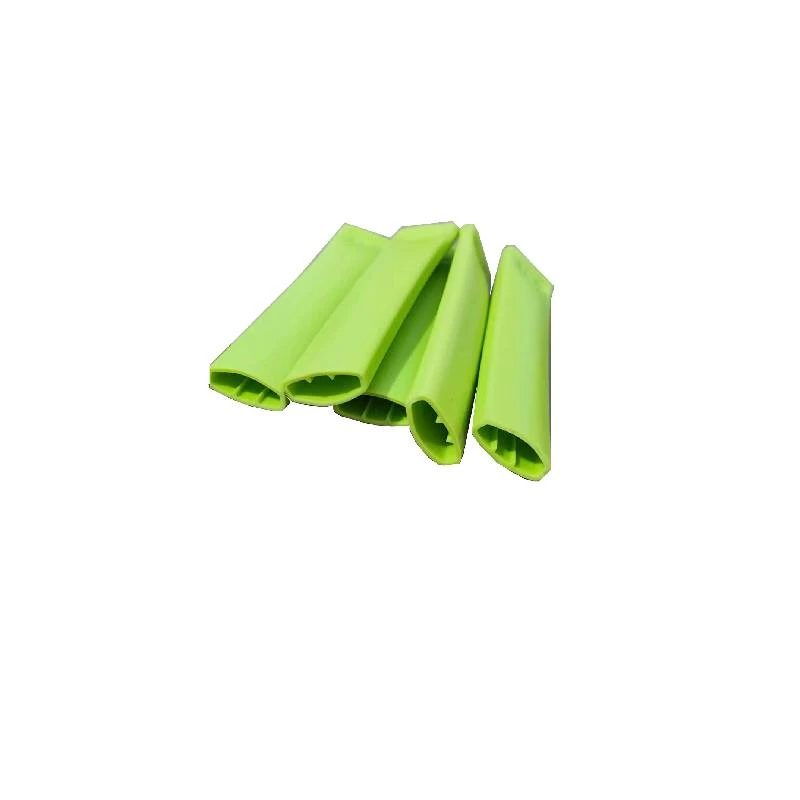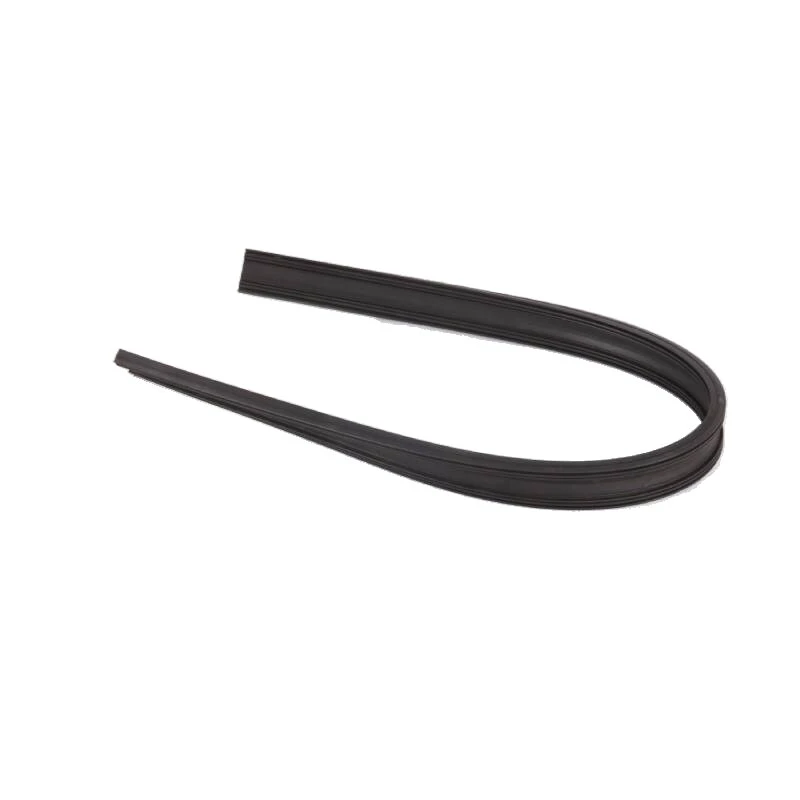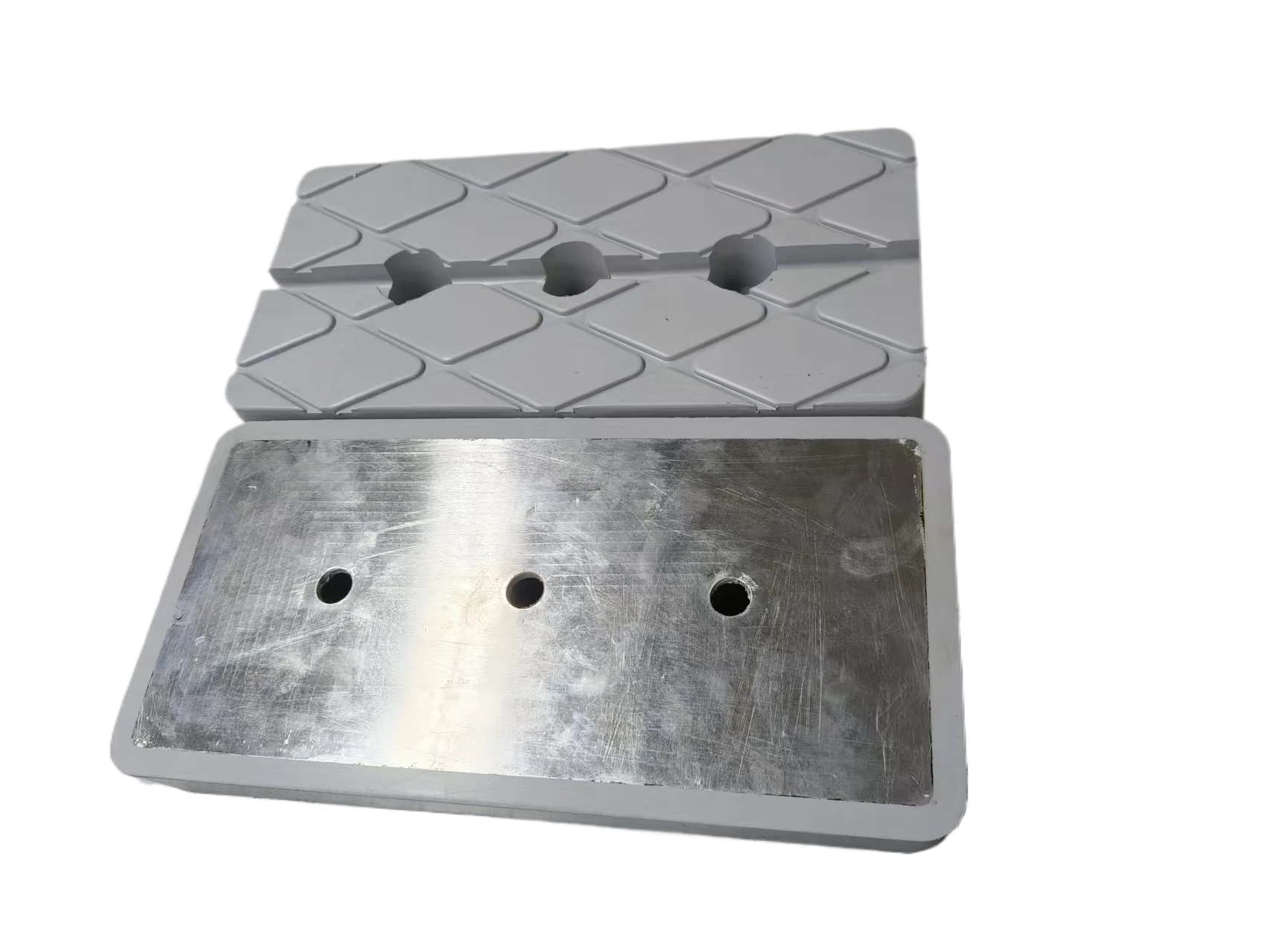
- Afrikaans
- Albanian
- Amharic
- Arabic
- Armenian
- Azerbaijani
- Basque
- Belarusian
- Bengali
- Bosnian
- Bulgarian
- Catalan
- Cebuano
- chinese_simplified
- chinese_traditional
- Corsican
- Croatian
- Czech
- Danish
- Dutch
- English
- Esperanto
- Estonian
- Finnish
- French
- Frisian
- Galician
- Georgian
- German
- Greek
- Gujarati
- haitian_creole
- hausa
- hawaiian
- Hebrew
- Hindi
- Miao
- Hungarian
- Icelandic
- igbo
- Indonesian
- irish
- Italian
- Japanese
- Javanese
- Kannada
- kazakh
- Khmer
- Rwandese
- Korean
- Kurdish
- Kyrgyz
- Lao
- Latin
- Latvian
- Lithuanian
- Luxembourgish
- Macedonian
- Malgashi
- Malay
- Malayalam
- Maltese
- Maori
- Marathi
- Mongolian
- Myanmar
- Nepali
- Norwegian
- Norwegian
- Occitan
- Pashto
- Persian
- Polish
- Portuguese
- Punjabi
- Romanian
- Russian
- Samoan
- scottish-gaelic
- Serbian
- Sesotho
- Shona
- Sindhi
- Sinhala
- Slovak
- Slovenian
- Somali
- Spanish
- Sundanese
- Swahili
- Swedish
- Tagalog
- Tajik
- Tamil
- Tatar
- Telugu
- Thai
- Turkish
- Turkmen
- Ukrainian
- Urdu
- Uighur
- Uzbek
- Vietnamese
- Welsh
- Bantu
- Yiddish
- Yoruba
- Zulu
Rubber Cover Caps That Seal & Protect - Ready to Customize?
Smarter sealing: rubber covers that hide a tougher core
If you work with rubber cover caps, you’ve likely noticed the quiet shift: hybrid parts—soft elastomer outside, precision plastic inside—are taking over. To be honest, it’s overdue. Rubber alone cushions and seals well, but when you add a purpose-built plastic insert, dimensional stability and assembly speed jump. That’s precisely what FY Gasket’s “plastic inserts for rubber products” do from their facility at No. 228 North Street, Gaobeidian City, Hebei Province.
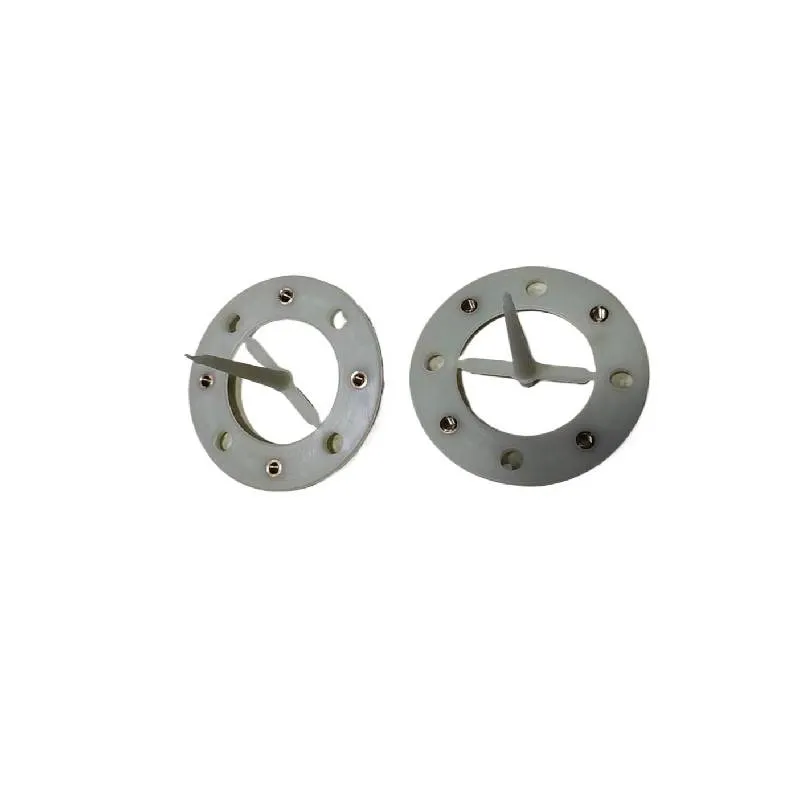
Why this trend is sticking
Designers want lighter parts, fewer SKUs, and fewer assembly steps. Hybrid rubber cover caps support snap-fit mounting, tighter tolerances, and consistent torque stop—all while keeping the tactile, weatherproof seal that technicians expect. Automotive, EV charging, HVAC, and handheld medical devices are leading the charge.
Product snapshot: plastic inserts for rubber products
FY Gasket combines insert molding (and sometimes two-shot) with EPDM/NBR/silicone overmold. The result: caps and boots that don’t wobble, don’t crack under load, and don’t weep under pressure. Actually, many customers say it cuts rework dramatically.
| Parameter | Typical spec (≈) | Notes |
|---|---|---|
| Rubber materials | EPDM, NBR, Silicone (Shore A 50–80) | Hardness per ISO 48-4 |
| Insert materials | PA66 GF30, PBT, PP | Glass-filled for stiffness |
| Pull-out strength | ≥ 250 N | Insert-to-rubber bond test |
| Compression set | ≤ 20% @ 70°C, 24h | Per ASTM D395, real-world use may vary |
| Ingress rating | IP67–IP68 | IEC 60529 validated builds |
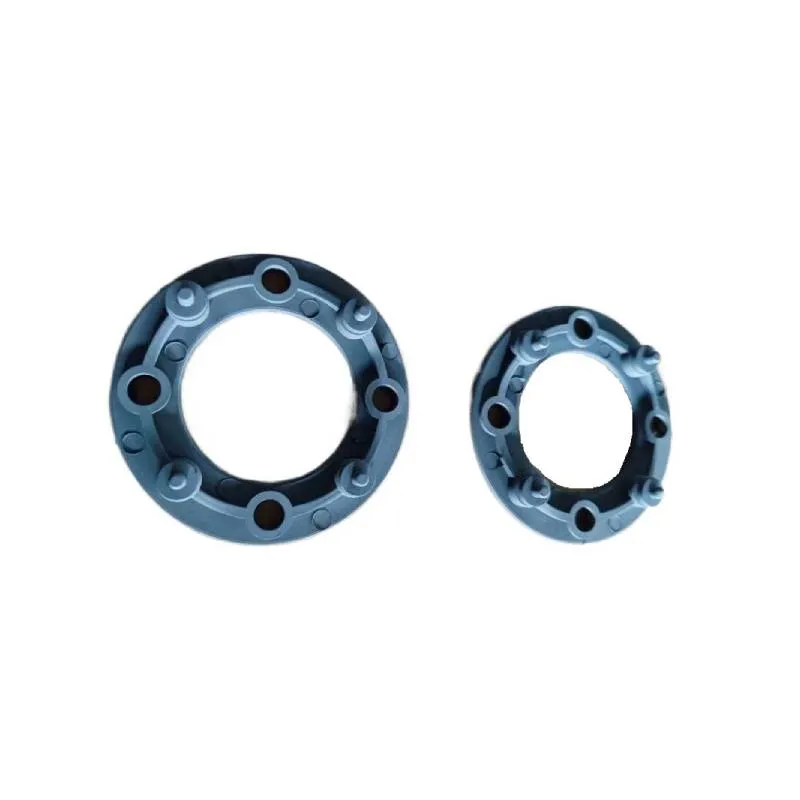
How they’re made (the short version)
Materials are incoming-checked (RoHS/REACH), inserts are plasma-treated or primed, then insert-molded with EPDM/NBR/silicone. Post-cure for silicone, trim/flash removal, 100% visual, and AQL functional checks. Mechanical tests include tensile per ISO 37, hardness per ISO 48-4, thermal cycling −40 to 120°C (200 cycles), and 240 h salt-spray on metal-adjacent assemblies. Expected service life ≈ 8–10 years outdoors, or 1–2 million actuations on glove-friendly toggles.
Where they shine
- Automotive connectors and bleed ports: rubber cover caps with positive snap and repeatable torque stop.
- EV chargers and outdoor sensors: UV/ozone-resistant EPDM with IP67 sealing.
- Medical/consumer: silicone touch caps that feel premium yet lock onto precise plastic cores.
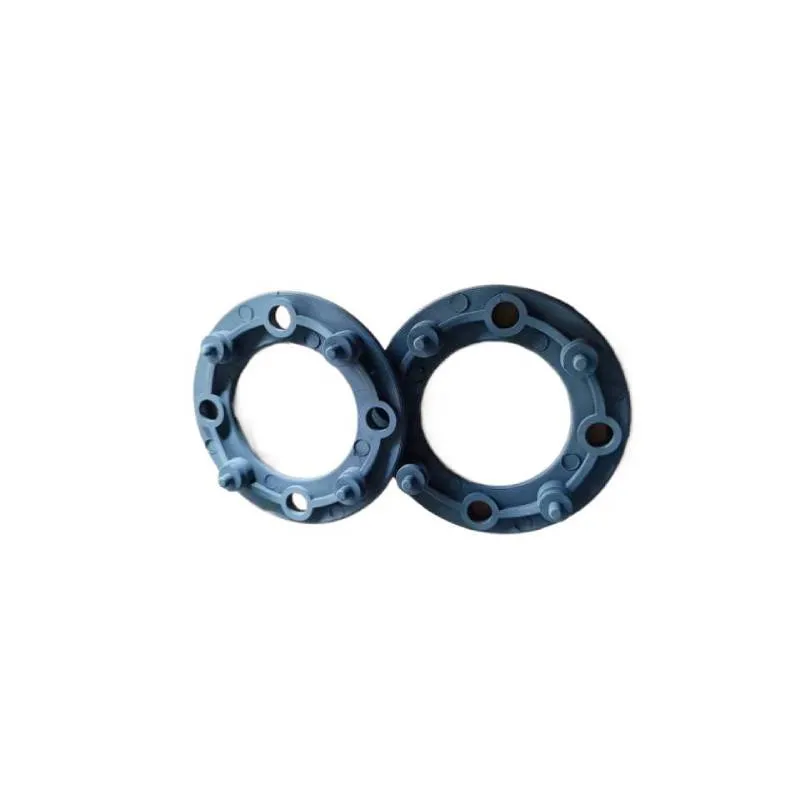
Two quick case notes
EV charge-port dust cap: switching to insert-molded rubber cover caps cut field fall-offs by 72% and improved IP rating from IP54 to IP67.
HVAC condensate cap: PA66 GF30 insert plus NBR seal raised pull-out to 310 N; technicians reported “no more wandering caps,” which sounds small, but it stops leaks.
Who to buy from (and why it matters)
| Vendor | Tooling & process | Quality & docs | Lead time |
|---|---|---|---|
| FY Gasket | Insert molding + two-shot; PA66 GF30 expertise | PPAP, Cpk reports, RoHS/REACH, optional IATF flow | Around 3–5 weeks after T1 |
| Generic trader | Outsourced; variable | Basic CoC only | Uncertain |
| Local molder | Good rubber, limited inserts | Limited validation | Fast for repeats |

Customization and compliance
Custom geometry, threads, logos, colors, and durometers are routine. UV packages, food-contact silicone, and flame-rated inserts (UL 94 V-0) available. IP67/68 builds tested to IEC 60529; materials screened for RoHS/REACH. It seems simple, but the paperwork trail really helps global launches.
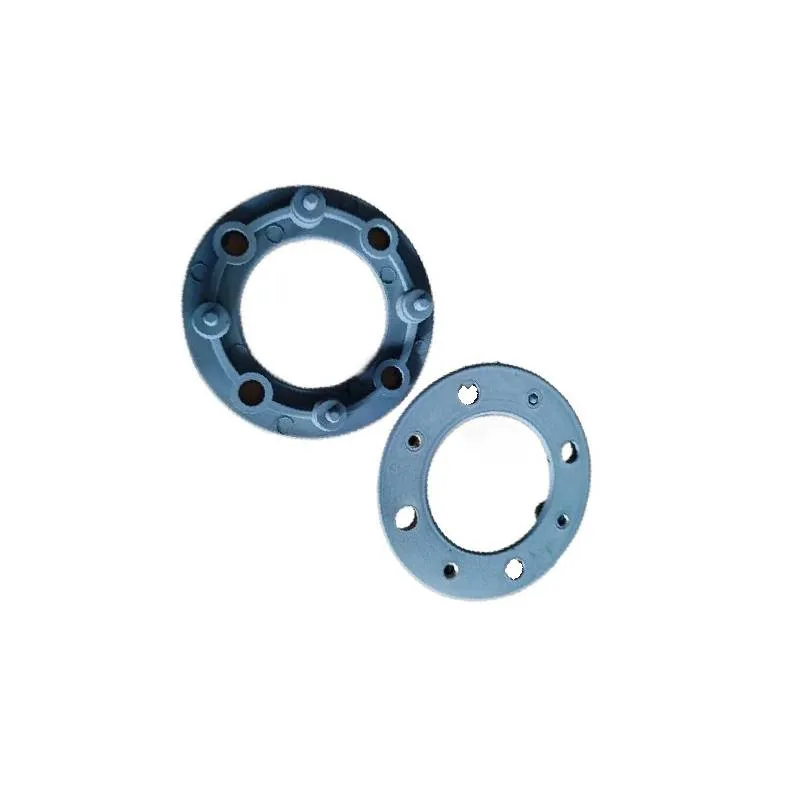
Bottom line: if your rubber cover caps must align, seal, and survive, a plastic insert is the quiet hero inside. And once you dial in the bond, these parts just work.
Authoritative references
-
Plastic Pelton Wheel – Lightweight, Cost-Effective Hydropower SolutionsNewsNov.24,2025
-
Durable and Cost-Effective Plastic Sheave Wheels for Modern IndustryNewsNov.24,2025
-
Plastic Spoke Wheel – Lightweight, Durable Wheels for Global Mobility SolutionsNewsNov.24,2025
-
Plastic Stem Casters: Durable, Cost-Effective Mobility Solutions for Every IndustryNewsNov.24,2025
-
Plastic Wheel Roller: Durable, Lightweight Solutions for Modern IndustryNewsNov.24,2025
-
Plastic Wheelchair Wheels: Durable, Affordable Mobility Solutions WorldwideNewsNov.24,2025
-
Small Plastic Casters – Durable, Lightweight Wheels for Global MobilityNewsNov.24,2025



